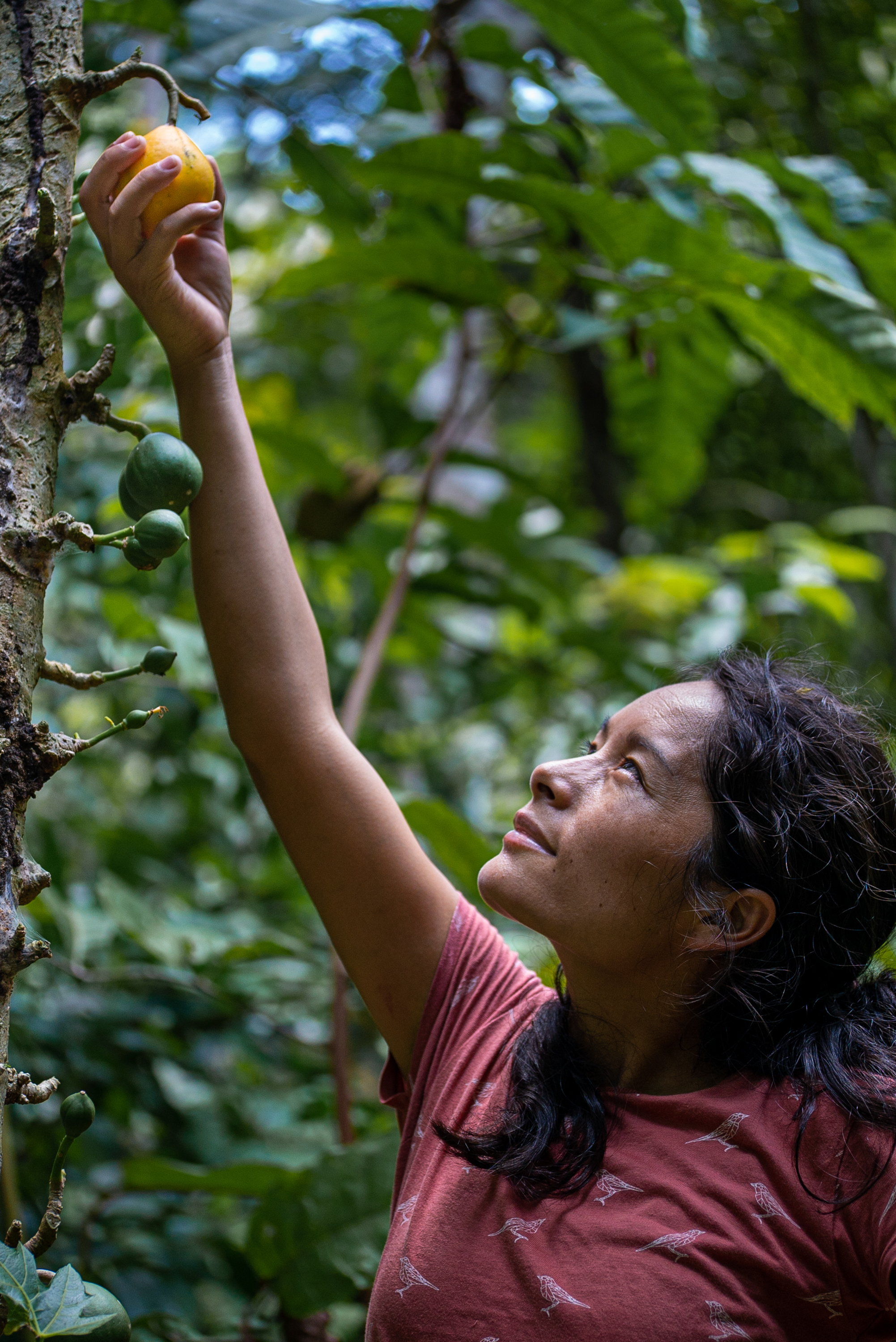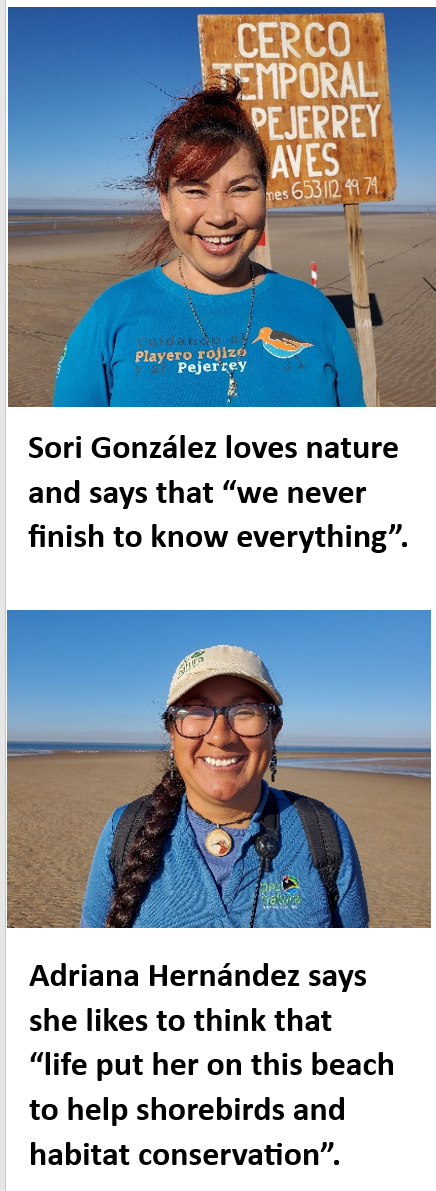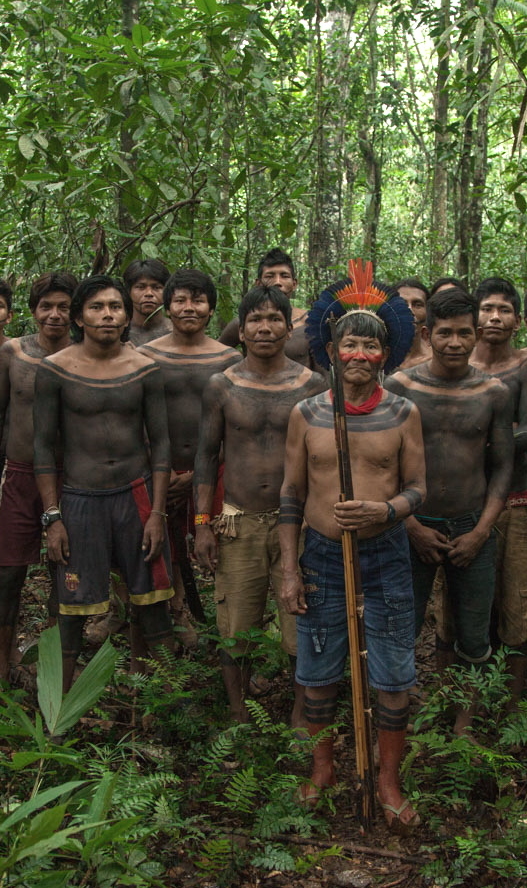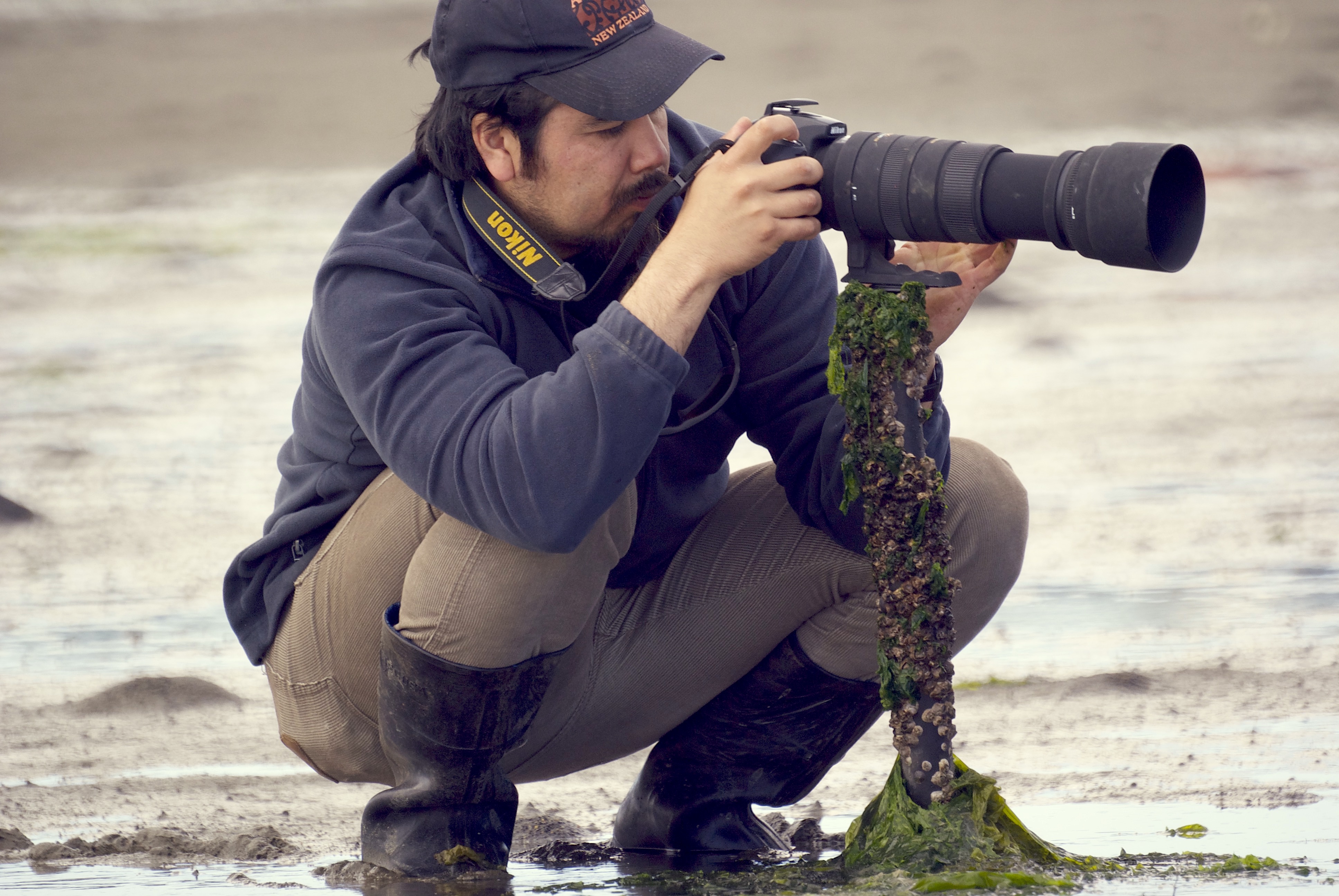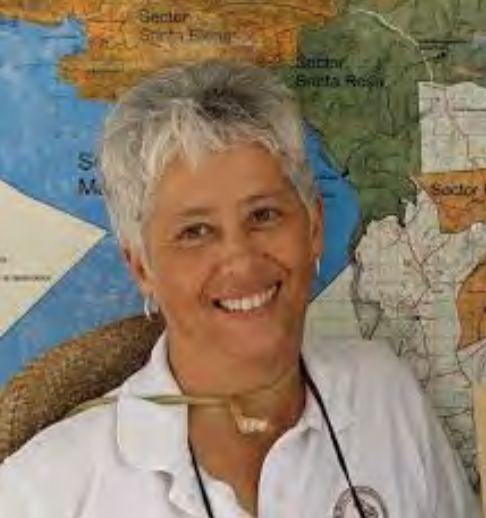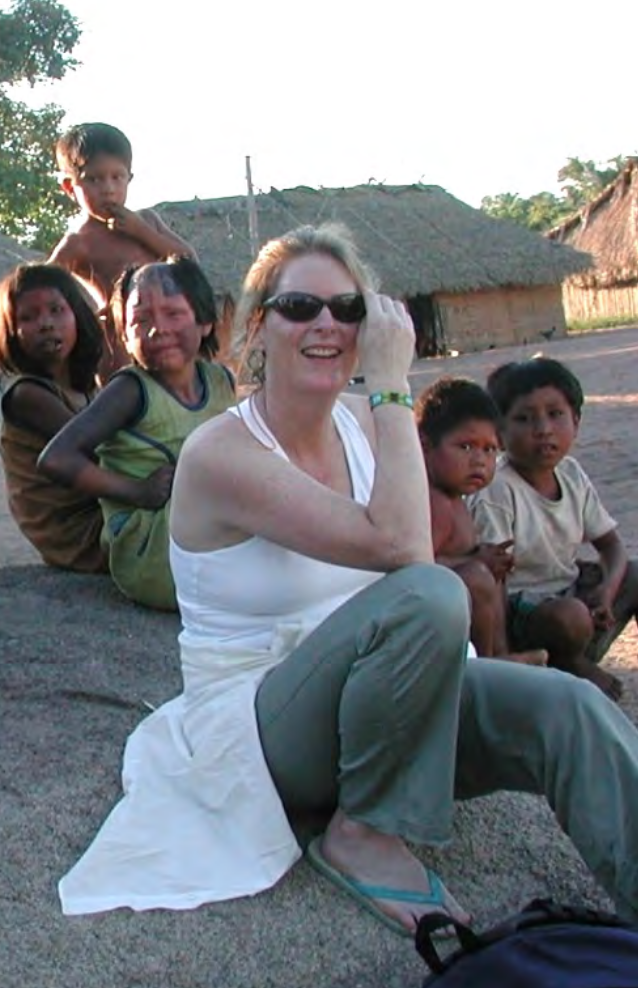Ruthmery Pillco Huarcaya
by Dr. Andrew Whitworth @AndyRainforest
(2023 Annual Report) Wayqecha Cloud Forest Biological Station is a hub of activity, filled with an army of blossoming field interns and biologists collecting camera trap data of elusive wildlife and plant and field samples from remote week long expeditions in one of the most rugged yet vital ecosystems on Earth. Groups of local school children are experiencing this near-pristine environment on an overnight camping trip for the first time in their lives, learning about the ecology of spectacled bears and the importance of cloud forests as the water pump of the Amazon basin and contributing citizen science observations through iNaturalist. A band of birdwatchers come back to a hearty breakfast following a mystical morning seeking out elusive antpittas, long-tailed sylph and sword-billed hummingbirds and mountain toucanets.
Orchestrating all of this… and so much more, is bear biologist, National Geographic Explorer, 2024 Woman of Discovery, botanical graduate of Kew Gardens, but most importantly, local Indigenous Quechua woman, Ruthmery Pillco Huarcaya.
Ruthmery’s hometown of Paruro is about a five-hour bus ride from Wayqecha. When I first met her some 14 years ago, she was one of the first Peruvian interns to join the lowland field station where I was doing my PhD research. Ruth was quiet, speaking only the odd word of English, and Spanish only softly and when necessary. Quechua was her first language. In her career to date, she had been avidly studying interactions between ants and plants.
I challenged Ruth to take on the task of studying woolly monkeys—the large bands of thick-furred poorly known primates that thrived within the dense steep terrain of the foothills. She followed them meticulously, into wilderness, stepping over deadly bushmasters as she looked up into the treetops, sometimes searching for days, staying with her group until sundown, arriving at the station in the dark, then setting out to be with them again before breakfast and first light. She did this for a whole year – for an undergraduate thesis. My own undergraduate thesis data collection consisted of four weeks of field experiments using blindfolded people in a gymnasium in Leeds. Ruth was the real deal, a modern-day Jane Goodall. She is meek and humble, but with strength far beyond her stature.
Ruth went on to launch a botanically focused restoration program in Pacific Costa Rica with Osa Conservation (see page 17). She obtained her Master’s degree from Queen Mary College of London and Kew Botanical Gardens, and is now back in her home country of Peru, leading research on spectacled bears (see page 16).
When you visit Wayqecha, you’ll find Ruth holding the ladder down, sowing seeds everywhere she can, and actively igniting passion in those around her. She is a true leader for conserving nature: every dollar invested in her is exponentially multiplied.
Follow Ruthmery @ruthy_treesandbears
Wayqecha is one of the world’s most unique field stations. Situated just below the treeline of the Peruvian Andean cloud forest, spectacled bears roam over 4,000 meters above sea level along the high paramos, ambling down through montane forests to the Andean foothills and the start of the vast Amazonian lowlands below.

